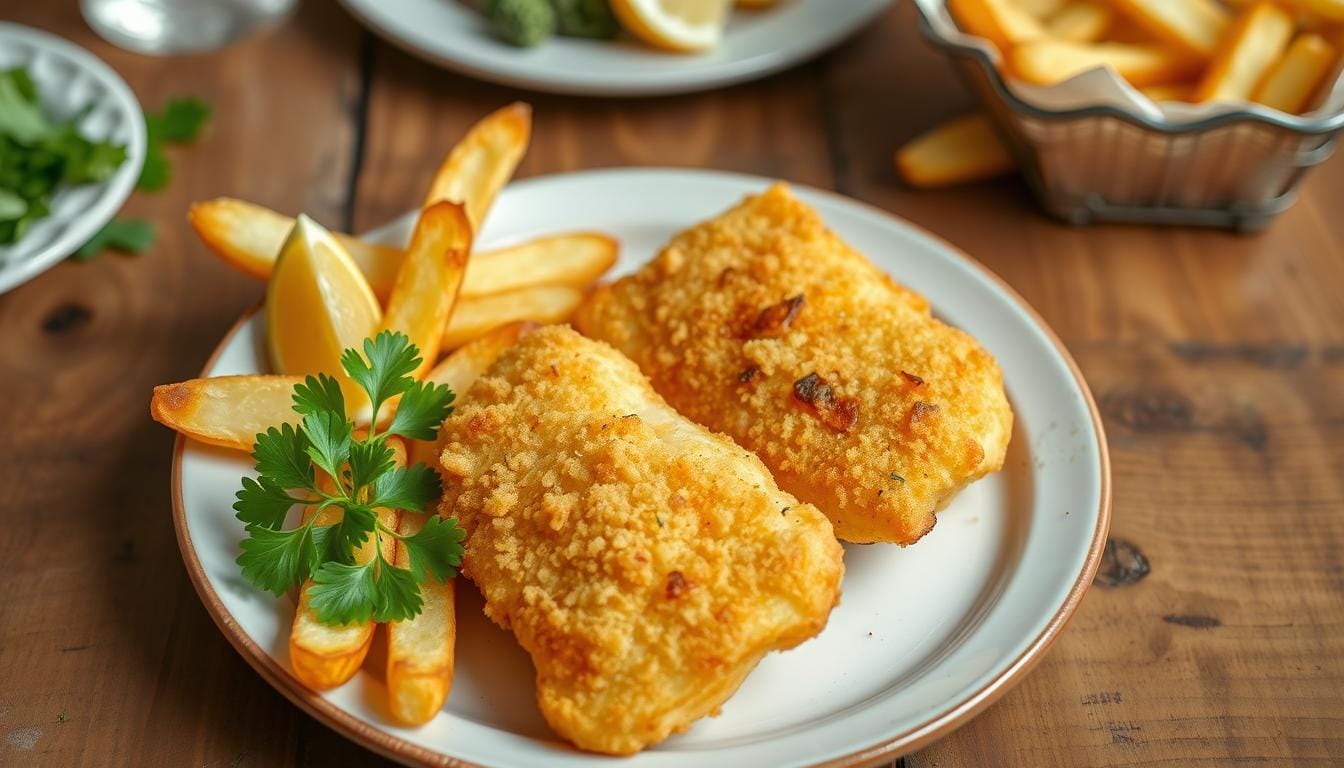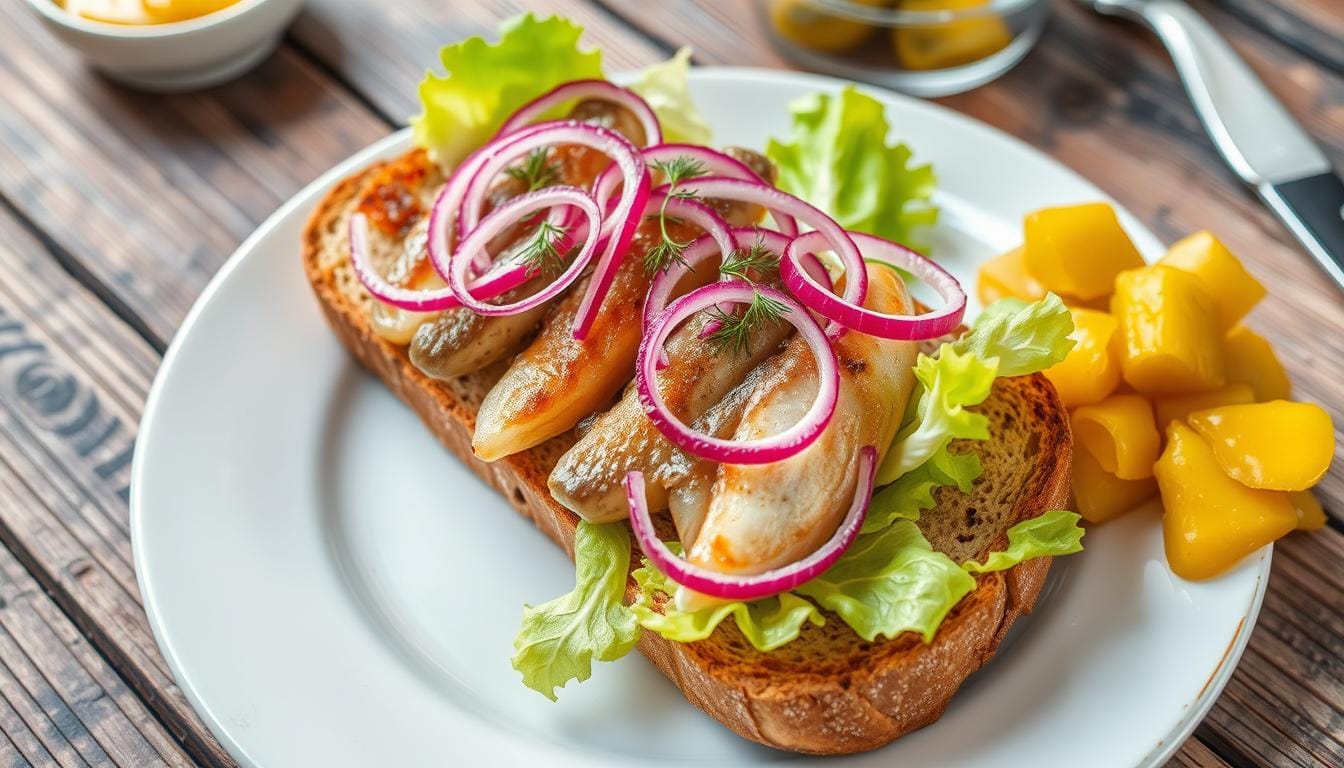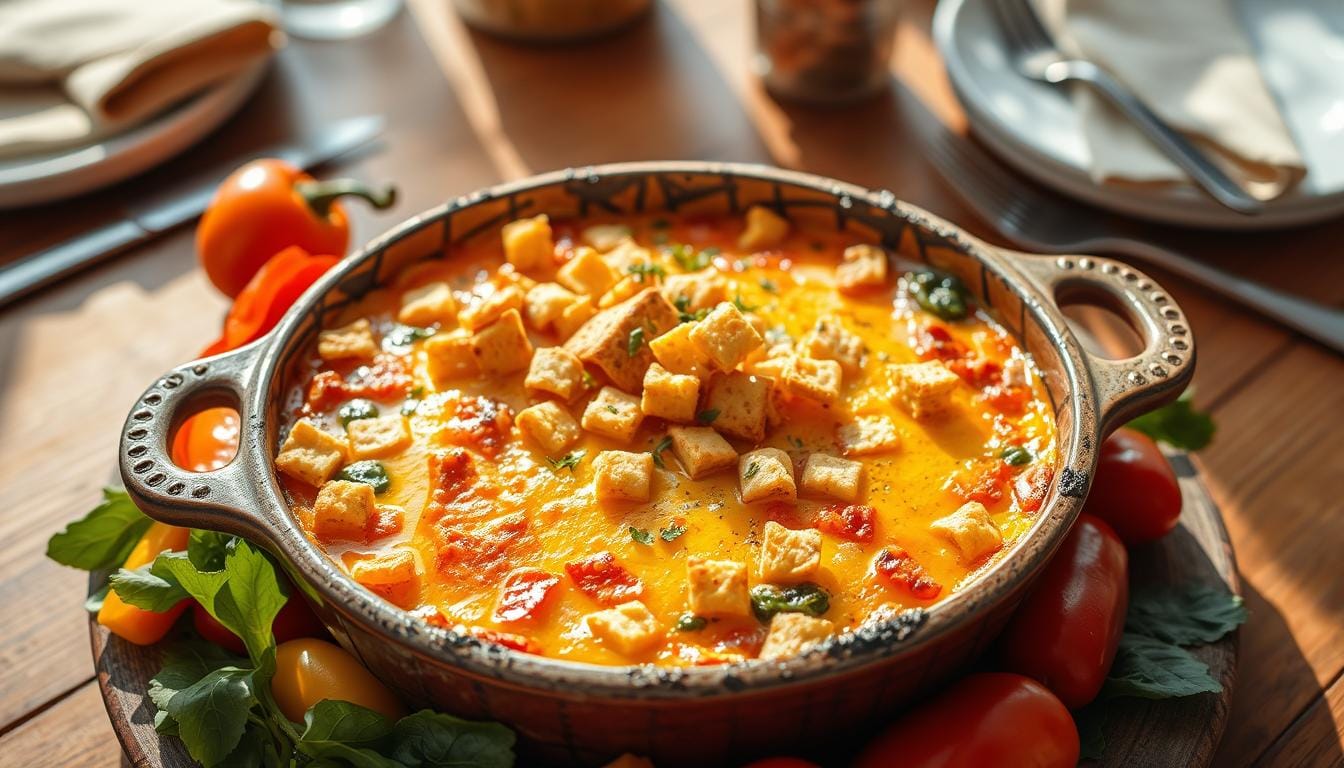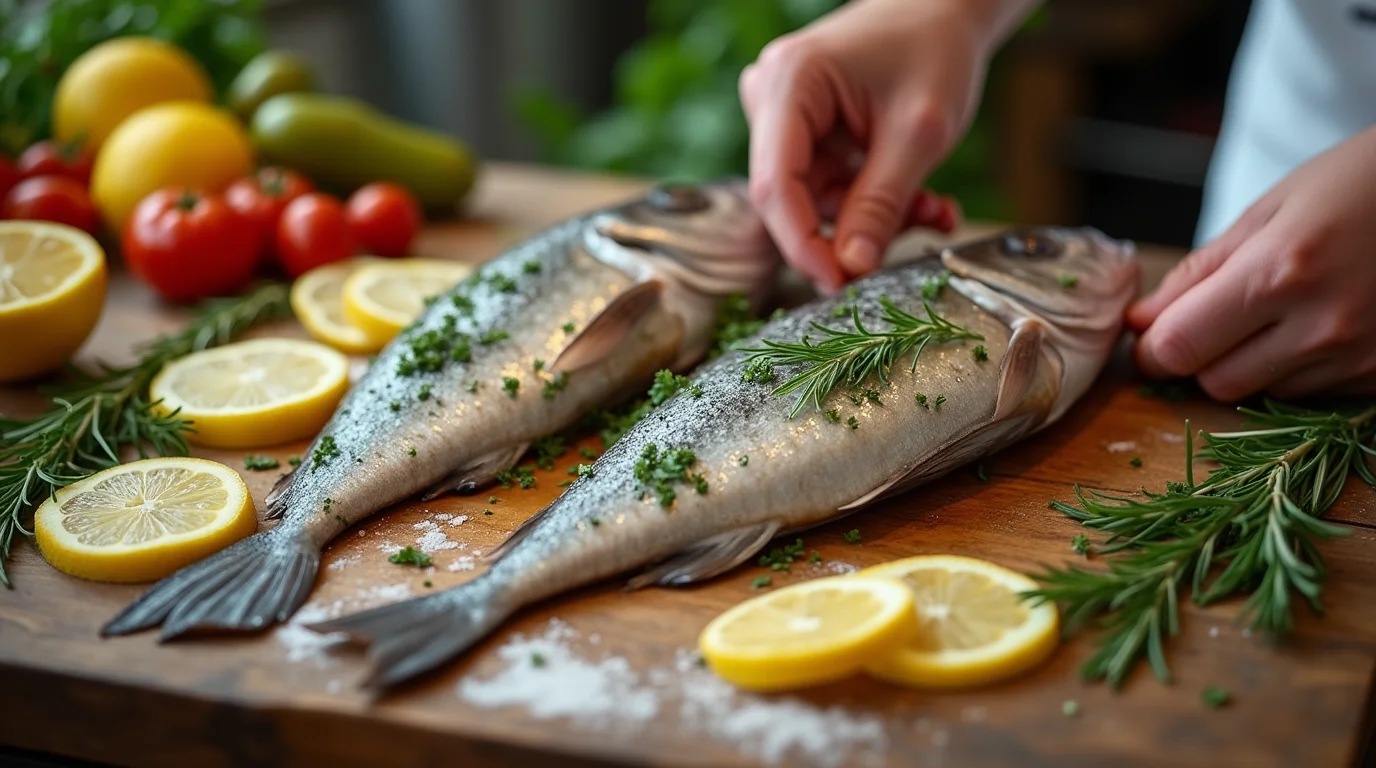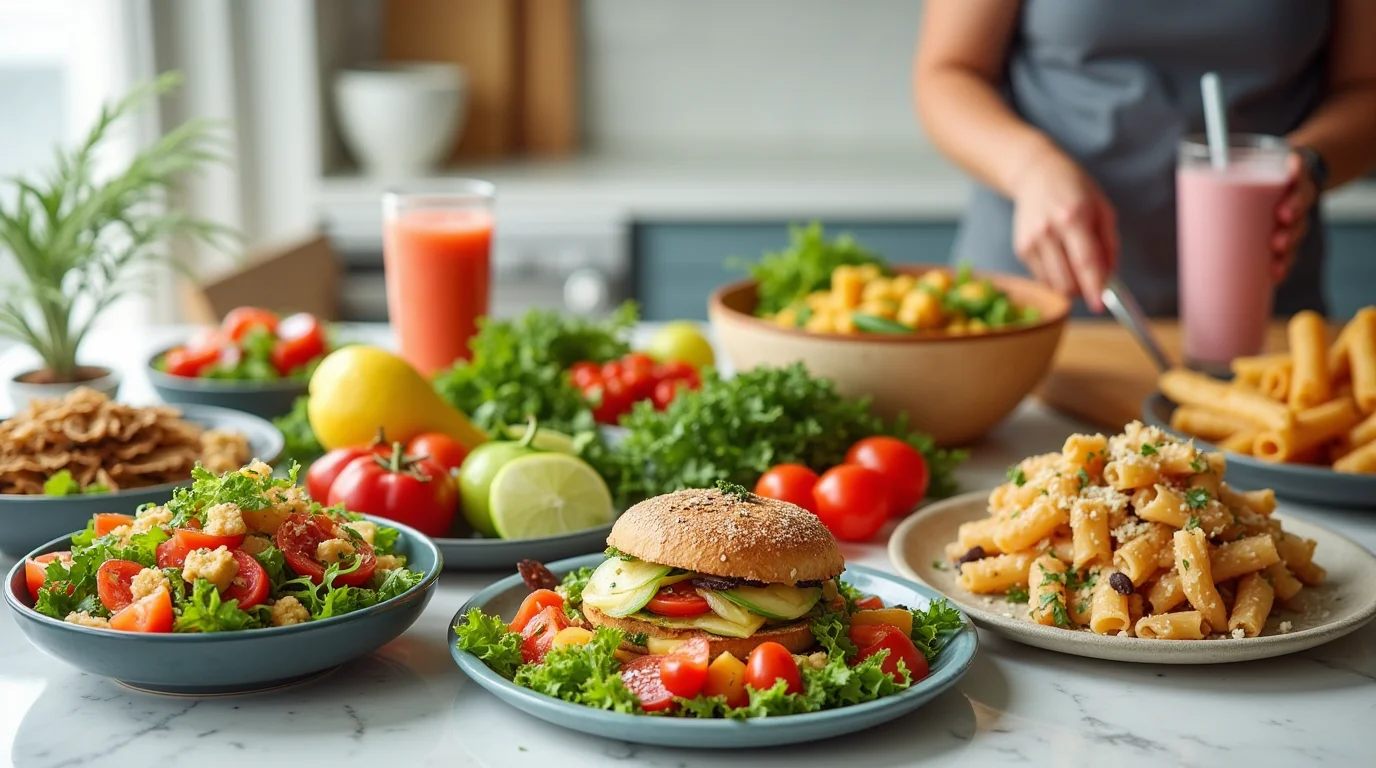There’s something magical about the combination of bright, zesty lemons and rich, nutty Parmesan cheese that creates pasta perfection. This lemon parmesan pasta isn’t just another recipe—it’s a foolproof method for creating the silkiest, most flavorful pasta that balances sharp citrus notes with creamy, savory cheese. Whether you’re a weeknight warrior looking for a quick dinner solution or wanting to impress guests with minimal effort, this easy lemon parmesan pasta delivers restaurant-quality results every time.
Table of Contents
Why This Recipe Works
What makes this lemon garlic parmesan pasta stand out from countless others? The secret lies in three key elements that many recipes miss:
- Perfect Emulsification Technique: This recipe uses the correct amount of starchy pasta water and a specific temperature control method that creates an incredibly silky sauce that clings to every strand of pasta.
- Balanced Lemon Approach: Many recipes go too heavy on lemon juice, creating an overly acidic dish, or they skip the zest, missing out on essential oils that provide depth of flavor. Our approach uses both juice and zest in the perfect ratio.
- Two-Stage Parmesan Integration: By adding the cheese in two phases—some directly into the hot sauce to melt completely and some at the very end—you get both a creamy base and those lovely savory bites of cheese that make each forkful interesting.
Let’s dive into how to make this spectacular dish that will quickly become a staple in your recipe collection.
Ingredients
For the Pasta:

- 8 oz (225g) long pasta such as linguine, spaghetti, or bucatini
- 2 tablespoons (30g) unsalted butter
- 3 tablespoons (45ml) high-quality extra virgin olive oil, divided
- 4 large garlic cloves (about 12g), thinly sliced or minced
- 2 large lemons (yielding approximately 3-4 tablespoons juice and 2 tablespoons zest)
- 1 cup (100g) freshly grated Parmesan cheese (Parmigiano Reggiano recommended, not pre-shredded)
- ¼ teaspoon red pepper flakes (optional, for subtle heat)
- Salt and freshly ground black pepper, to taste
- 2 tablespoons fresh parsley, finely chopped for garnish
Substitutions:
- Pecorino Romano can replace Parmesan for a saltier, sharper flavor
- Meyer lemons can substitute standard lemons for a sweeter citrus profile
- Gluten-free pasta can be used, though you may need to adjust cooking time
Equipment Needed
- Large pot for boiling pasta
- Colander or pasta strainer
- Large skillet or sauté pan (10-12 inches)
- Microplane or fine grater for zesting lemons
- Citrus juicer or reamer
- Tongs for tossing pasta
- Measuring cups and spoons
Step-by-Step Instructions

- Prepare your ingredients: Before starting, zest and juice your lemons, grate your Parmesan cheese, and slice your garlic. Having everything ready will make the cooking process smooth.
- Boil the pasta: Fill a large pot with water and bring to a rolling boil. Salt the water generously—it should taste like the sea. This seasons the pasta from within. Add pasta and cook until al dente, typically 1-2 minutes less than package directions suggest.
- Reserve pasta water: Just before draining, scoop out 1 cup of the starchy pasta water. This liquid gold is essential for creating a creamy sauce.
- Start the sauce: While pasta is cooking, heat a large skillet over medium heat. Add butter and 2 tablespoons olive oil. Once butter has melted, add sliced garlic and cook until fragrant and just starting to turn golden, about 30-45 seconds. Don’t let the garlic brown or it will taste bitter.
- Add lemon flavors: Add half the lemon zest to the garlic oil mixture and cook for 15 seconds to release the essential oils. Then add half the lemon juice and swirl the pan to combine. Reduce heat to medium-low.
- Create the emulsion: When pasta is drained, immediately add it to the skillet along with ¼ cup of the reserved pasta water. Toss continuously with tongs to coat the pasta and create an emulsion. The starchy water will help the oil and lemon juice combine into a silky sauce.
- Incorporate the cheese: Turn off the heat and add ¾ of your grated Parmesan cheese. Toss vigorously until the cheese melts into the sauce. If the sauce seems too thick, add more pasta water, one tablespoon at a time.
- Finish the dish: Add remaining lemon zest and juice, red pepper flakes (if using), and season with salt and freshly ground black pepper to taste. Drizzle with the remaining tablespoon of olive oil and sprinkle with the rest of the Parmesan cheese.
- Garnish and serve: Transfer to serving bowls, top with fresh parsley, and serve immediately while hot and creamy.
Pro Tips for Success
- Don’t Overcook the Pasta: The pasta will continue cooking slightly when added to the hot sauce. Keeping it al dente provides better texture and flavor absorption.
- The Magic of Starchy Pasta Water: Only fill your pasta pot with enough water to cover the pasta by about an inch. Less water = starchier water = better sauce emulsification.
- Temperature Control is Key: Remove the pan from heat before adding cheese to prevent it from clumping or becoming stringy.
- Balancing Lemon: Start with less lemon juice than you think you need—you can always add more. Taste and adjust before serving.
- Pasta Shape Matters: Long pasta shapes like linguine or spaghetti work best for this sauce, as the emulsion clings beautifully to each strand.
Variations & Add-ins
Add Protein:
- Grilled Chicken: Slice and add just before serving
- Sautéed Shrimp: Cook separately with garlic and fold in at the end
- Smoked Salmon: Tear into pieces and gently fold in off-heat
Add Vegetables:
- Spring Peas: Add ½ cup fresh or frozen peas to the pasta water in the final minute of cooking
- Asparagus: Cut into 1-inch pieces and blanch before adding to the sauce
- Baby Spinach: Fold in 2 cups fresh spinach when adding the cheese; it will wilt perfectly
Dietary Adaptations:
- Vegan Option: Substitute nutritional yeast or vegan parmesan, and use olive oil instead of butter
- Gluten-Free: Use your favorite gluten-free pasta but watch cooking times carefully
Serving Suggestions
This bright lemon parmesan pasta pairs beautifully with:
- A simple arugula salad with lemon vinaigrette
- Crisp, dry white wines like Pinot Grigio or Sauvignon Blanc
- Grilled fish or seafood for a complete Mediterranean-inspired meal
- Crusty Italian bread for soaking up any remaining sauce
Storage & Reheating Instructions
This dish is best enjoyed immediately after preparation, as the sauce can separate when stored. However, if you have leftovers:
- Storage: Keep in an airtight container in the refrigerator for up to 2 days.
- Reheating: For best results, reheat in a skillet over medium-low heat with a splash of water or chicken broth to revive the sauce. Toss frequently while warming. Avoid microwave reheating which can make the pasta rubbery and cause the sauce to separate.
- Refreshing: Add a small squeeze of fresh lemon juice and a sprinkle of Parmesan after reheating to revive flavors.
Frequently Asked Questions
Can I make lemon parmesan pasta ahead of time?
This dish is best made fresh and served immediately. The sauce tends to thicken and the pasta continues to absorb moisture when stored, changing the texture.
Why is my sauce clumpy or separating?
Temperature control is crucial. If your pan is too hot when adding the cheese, it can clump. If your emulsion breaks, add a splash of hot pasta water and vigorously toss off-heat to re-emulsify.
Can I use bottled lemon juice?
Fresh lemon juice is strongly recommended for this recipe. Bottled juice lacks the brightness and complex flavors of fresh lemons and won’t provide the same quality result.
How do I prevent my garlic from burning?
Cook garlic just until fragrant and starting to turn golden. If your garlic is minced very finely, it may only need 20-30 seconds. Watch it carefully and lower the heat if needed.
Can I double this recipe for a larger group?
Absolutely! Just make sure your skillet is large enough to accommodate the increased volume when tossing everything together.
This lemon parmesan pasta recipe balances simplicity with technique to create a dish that tastes like it came from a high-end Italian restaurant. The bright citrus notes complement the rich, savory cheese perfectly for a meal that’s equally suited to quick weeknight dinners or special occasions.
